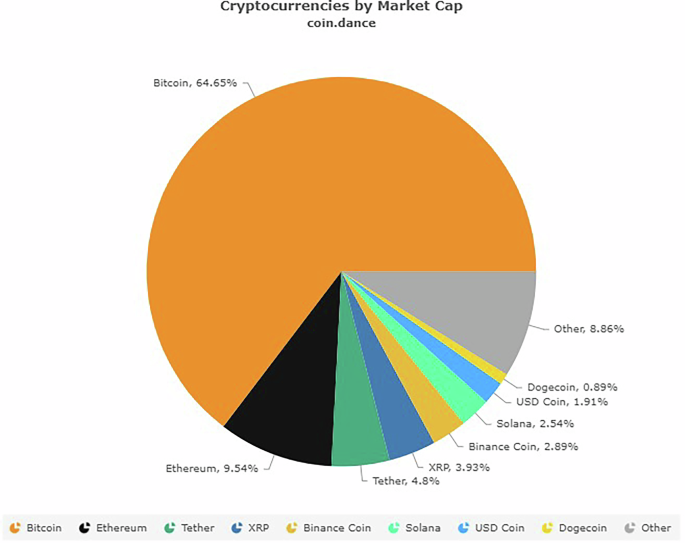Global Bitcoin Adoption: Insights on Price Elasticity of Demand

Understanding bitcoin Demand: Analyzing Data Sources and Methodologies
Overview of Data Sources
In this research, we utilized a variety of credible data sources to guarantee both precision and thoroughness. A detailed overview of these key data sources is presented in Table 1.
Methodological Approach
This study employs advanced econometric techniques to analyze the pricing mechanisms of bitcoin, focusing on its relationship with regulatory influences and technological progress. Specifically, we implemented the Huber Regression model to explore the connection between bitcoin‘s price and its demand. A Python program was utilized to derive the Price Elasticity of Demand (PED) using the sklearn.linear model.
Huber Regression Explained
The Huber Regression technique enhances the traditional Ordinary Least Squares (OLS) regression by incorporating a robust loss function that mitigates the effects of outliers. This method is particularly effective for analyzing bitcoin demand due to the inherent volatility and erratic trading behaviors in cryptocurrency markets. Unlike OLS, which presumes normally distributed errors and is highly susceptible to extreme values, Huber Regression employs a quadratic loss for smaller residuals and a linear loss for larger ones. This results in more reliable and stable PED estimates.
The robustness of this approach is vital, as outliers—often resulting from market anomalies or sudden economic shifts—can skew OLS results. By diminishing the influence of these extreme values, Huber Regression yields dependable PED estimates that accurately reflect market trends.
Price Elasticity of Demand (PED) Relationship
In examining the PED for bitcoin trading volumes, the regression model correlates the log-transformed trading volume with the log-transformed price. This log-log transformation allows for a direct interpretation of the slope coefficient as the PED.
Steps for Calculating PED with Huber Regression
To calculate the PED, we follow a structured process:
- Coefficient Estimation: The fitted model provides estimates for the intercept and slope, with the slope directly representing the PED.
- Robustness and Interpretation: By minimizing the Huber loss function, the model ensures that extreme values in trading volume or price do not disproportionately affect the elasticity estimate.
Correlation Analysis
To investigate the relationships among regulatory frameworks, adoption rates, technological advancements, and PED, we employed Spearman’s Rank correlation. This statistical method, developed by Sir Francis Galton, helps illuminate how socio-economic and regulatory factors influence bitcoin adoption and demand, highlighting broader implications for financial systems and economic policies.
Variables and Their Quantification
The variables selected for this study were quantified using standardized criteria to facilitate statistical analysis:
- Regulatory Frameworks: Scored based on legality, taxation, anti-money laundering (AML) measures, and consumer protection, with higher scores indicating greater regulatory maturity.
- Technological Readiness: Assessed through metrics such as internet penetration, fintech adoption, and blockchain infrastructure, reflecting a country’s capacity to support digital currencies.
- Cryptocurrency Adoption: Measured by the percentage of the population actively using or holding cryptocurrencies, indicating public and institutional acceptance.
- Consumer Protection: Evaluated based on policies that safeguard users from fraud, theft, and cyberattacks, fostering trust and encouraging adoption.
Scoring System
Qualitative attributes for each country were converted into numerical scores using a standardized scale, ensuring consistency and comparability across regions.
Hypothesis Testing
While existing literature has explored the relationships between cryptocurrencies and traditional assets like gold and inflation, there remains a gap in research focusing on the interplay between cryptocurrencies, regulatory frameworks, and technological advancements. This study aims to bridge that gap by formulating hypotheses in these under-explored areas.
-
Regulatory Frameworks: Although direct studies linking cryptocurrencies and regulatory frameworks are limited, existing financial literature indicates that regulation significantly impacts market behavior. Thus, we hypothesize that regulatory frameworks play a crucial role in cryptocurrency adoption rates.
-
Technological Advancement: The role of technological infrastructure in adopting financial innovations has been emphasized in various studies. Based on the innovation diffusion theory, we hypothesize that technological advancement correlates with the price elasticity of demand for cryptocurrencies.
By integrating insights from financial and technological adoption literature, this study seeks to provide empirical evidence on how regulatory and technological factors influence cryptocurrency markets, addressing a significant gap in current research.







